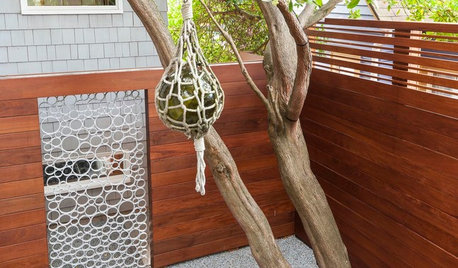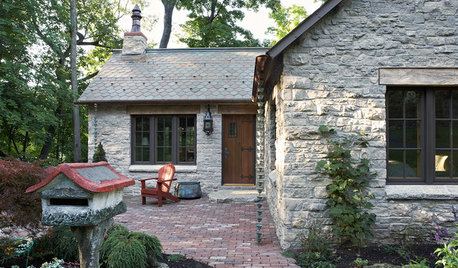Using copper spray
keepitlow
15 years ago
Featured Answer
Sort by:Oldest
Comments (23)
sautesmom Sacramento
15 years agoRelated Professionals
Grand Haven Landscape Architects & Landscape Designers · Montgomeryville Landscape Architects & Landscape Designers · Zion Landscape Architects & Landscape Designers · Finneytown Landscape Architects & Landscape Designers · Allentown Landscape Contractors · Berkeley Heights Landscape Contractors · Biloxi Landscape Contractors · Kearny Landscape Contractors · Louisville Landscape Contractors · Middletown Landscape Contractors · Milford Mill Landscape Contractors · West Chester Landscape Contractors · Wethersfield Landscape Contractors · Wilton Landscape Contractors · Greenfield Landscape Contractorskeepitlow
15 years agoScott F Smith
15 years agokeepitlow
15 years agoScott F Smith
15 years agoMichael
15 years agosautesmom Sacramento
15 years agojellyman
15 years agoScott F Smith
15 years agoglenn_russell
15 years agoolpea
15 years agoMichael
15 years agoolpea
15 years agoglenn_russell
15 years agoMichael
15 years agokeepitlow
15 years agoScott F Smith
15 years agoglenn_russell
15 years agoorganojoe
15 years agoMichael
15 years agoorganojoe
15 years agoorganojoe
15 years ago
Related Stories

MATERIALSInsulation Basics: What to Know About Spray Foam
Learn what exactly spray foam is, the pros and cons of using it and why you shouldn’t mess around with installation
Full Story
METALCopper, the Dynamic Topper
Time changes copper’s appearance on walls, fireplaces and more, but your love of its look may spring eternal
Full Story
KITCHEN DESIGNSurprise Contender: Copper for Kitchen Countertops
Unexpected and full of character, copper is getting buffed for its growing appearance on the countertop scene
Full Story
SHOP HOUZZShop Houzz: Modern Copper for Every Room
Copper’s rich color adds warmth and beauty to modern designs
Full Story
METALCopper: A Traditional Metal Gets a Shiny Update
Although the metal is no stranger to home design, these days its uses are downright brilliant
Full Story
HOUSEKEEPINGShine On: How to Clean Copper
Restore the luster to your copper pots and pans with these tips for using both natural and store-bought cleaners
Full Story
GARDENING GUIDESWeed War: When and How to Use Chemical Herbicides
Before you spray, arm yourself with knowledge about which weed killers — natural or synthetic — are right for your yard
Full Story
FENCES AND GATESA Designer Uses PVC Pipe to Cast a Modern Garden Gate
Landscape designer Scot Eckley walks us through the process of creating a custom aluminum ring gate
Full Story
PAINTINGWhat to Know About Milk Paint and Chalk Paint — and How to Use Them
Learn the pros, cons, cost and more for these two easy-to-use paints that are great for giving furniture a vintage look
Full Story
GREEN BUILDINGHouzz Call: What Have You Salvaged for Home Use?
If your floors, furniture, exterior materials or other home elements have a past life, we'd like to hear the story
Full StoryMore Discussions








Scott F Smith